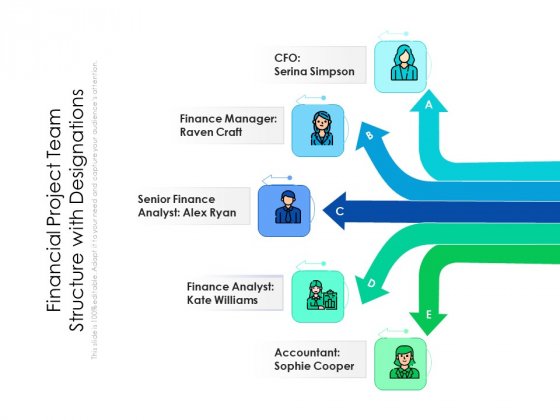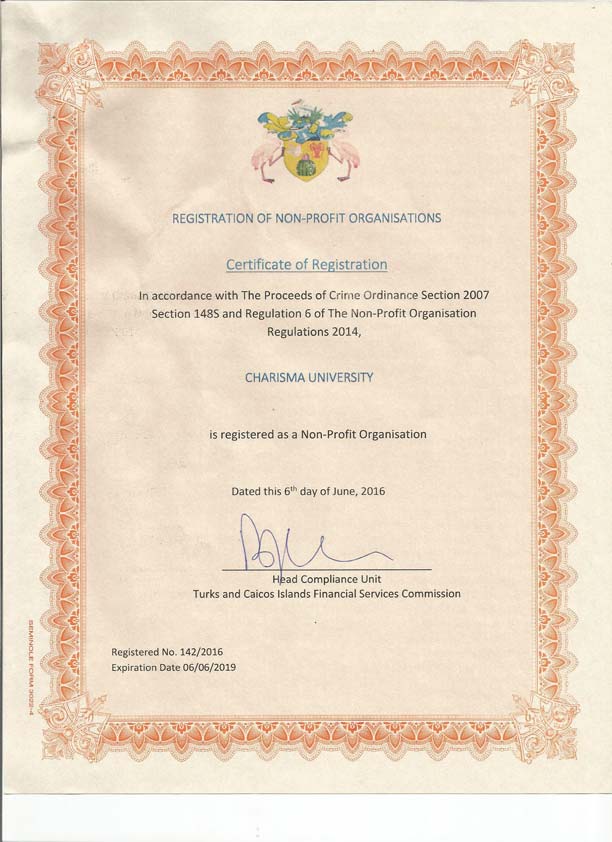
You may be curious how the changes in Social Security affect your benefits. This question will depend on your age and the length of time you have worked. For example, a lifetime low-earner with 30 years of coverage could receive $1,416 a month under Joe Biden's proposal. He also would switch the Social Security inflationary tether to the Consumer Price Index for the Elderly.
Average monthly benefit
If benefits and inflation rise at the same rate, then retirees could see an average increase of $175 in their monthly checks next year. Social Security beneficiaries currently receive $1,668 in monthly benefits. The rising cost of living may mean that the increase is not enough.
Social security beneficiaries get an annual cost-of living adjustment (COLA), which is meant to keep their monthly payments in line with the cost of living. However, the rising price of food, energy, and other necessities are making it increasingly difficult for many to maintain their standard of living. The Congress has introduced a bill that will increase monthly checks to recipients upto $200. This will allow for annual benefits upto $2400
Adjustment to the cost-of-living
The Social Security Administration releases each year estimates of the cost adjustment for retirement (COLA). These figures are calculated using the Consumer Price Index. This index measures the price of goods and service as of June 30. CPI-W stands for the Consumer Price Index of Urban Wage Earners and Clerical Workers. The CPI-W was at 9.1% as of June 30, 2017.

Recent legislative proposals call for annual Cost-of-Living Anpassung (COLA), increases for OASDI benefit benefits. These increases are expected to reflect inflation trends. This means that elderly people should be able to receive higher increases in their benefits than those who are younger. However, economists claim that COLAs can be too high and should be reduced to accurately reflect inflation. Robert Ball, an ex-social security commissioner, made the same argument.
Maximum benefit
It is expected that the Social Security Trust Fund will be able to continue to pay benefits to its beneficiaries up to 2035. If the projections are correct, it could be possible to increase the retirement age. The program's changes should not be major. The changes should be modest and have a positive impact on the retirement benefits of older Americans.
The maximum benefit from the changes to Social Security benefits has increased in recent years. If you are a retiree in your fifties, claiming benefits at the appropriate time will help you maximize your benefits. Even though you might not have many options for claiming your benefits, you can still coordinate your claiming with your spouse to maximize the monthly income.
Religious orders that vow poverty
Religious orders subject to a vow of poverty have special requirements. To be able to live in a community, they must abdicate certain rights. This includes the right to the fruits of their labor, such the stipends they receive for Masses, the salaries they earn as professors and the savings they make from personal expenses. The vow of poverty balances the religious's obligations and their ability to work. A vow of poverty may be very serious. Religious must know the difference between formal and informal vows. A simple vow is not a final step toward a solemn one, but it can help you get started towards one.
A vow of poverty can protect clergy from having to pay self-employment taxes in addition to the financial advantages of a religious organization. The IRS considers income earned by pastors from their services part of a religious order's income. However, pastors employed by other organizations are subject to self-employment tax for income earned from outside of their religious orders.

Double-indexing
Double-indexing Social Security changes will mean that retirees' benefits will increase in line with inflation. Social Security benefits are currently indexed based on wages at retirement. The index is then adjusted annually to match the Consumer Price Index (or CPI). This is done to ensure that benefits do not change over time, especially for those who get older. The draft report by the commission explains the changes made to the indexing system.
This indexing can have a variety of distributional effects on retiree benefits. In 2040, for instance, the average wage worker would receive less than they would in 2010. Future retirees could also benefit from the reductions.
FAQ
What is retirement planning?
Retirement planning is an important part of financial planning. You can plan your retirement to ensure that you have a comfortable retirement.
Planning for retirement involves considering all options, including saving money, investing in stocks, bonds, life insurance, and tax-advantaged accounts.
Who can help with my retirement planning
Many people find retirement planning a daunting financial task. This is not only about saving money for yourself, but also making sure you have enough money to support your family through your entire life.
When deciding how much you want to save, the most important thing to remember is that there are many ways to calculate this amount depending on your life stage.
For example, if you're married, then you'll need to take into account any joint savings as well as provide for your own personal spending requirements. If you are single, you may need to decide how much time you want to spend on your own each month. This figure can then be used to calculate how much should you save.
If you are working and wish to save now, you can set up a regular monthly pension contribution. You might also consider investing in shares or other investments which will provide long-term growth.
You can learn more about these options by contacting a financial advisor or a wealth manager.
What is risk management in investment management?
Risk management is the act of assessing and mitigating potential losses. It involves identifying and monitoring, monitoring, controlling, and reporting on risks.
Investment strategies must include risk management. The purpose of risk management, is to minimize loss and maximize return.
These are the core elements of risk management
-
Identifying the sources of risk
-
Monitoring and measuring the risk
-
How to manage the risk
-
Managing the risk
How To Choose An Investment Advisor
The process of choosing an investment advisor is similar that selecting a financial planer. Experience and fees are the two most important factors to consider.
Experience refers to the number of years the advisor has been working in the industry.
Fees are the price of the service. You should compare these costs against the potential returns.
It is important to find an advisor who can understand your situation and offer a package that fits you.
How can I get started in Wealth Management?
You must first decide what type of Wealth Management service is right for you. There are many Wealth Management options, but most people fall in one of three categories.
-
Investment Advisory Services. These professionals will assist you in determining how much money you should invest and where. They provide advice on asset allocation, portfolio creation, and other investment strategies.
-
Financial Planning Services: This professional will work closely with you to develop a comprehensive financial plan. It will take into consideration your goals, objectives and personal circumstances. A professional may recommend certain investments depending on their knowledge and experience.
-
Estate Planning Services: An experienced lawyer will advise you on the best way to protect your loved ones and yourself from any potential problems that may arise after you die.
-
Ensure that a professional is registered with FINRA before hiring them. If you do not feel comfortable working together, find someone who does.
Statistics
- US resident who opens a new IBKR Pro individual or joint account receives a 0.25% rate reduction on margin loans. (nerdwallet.com)
- According to a 2017 study, the average rate of return for real estate over a roughly 150-year period was around eight percent. (fortunebuilders.com)
- Newer, fully-automated Roboadvisor platforms intended as wealth management tools for ordinary individuals often charge far less than 1% per year of AUM and come with low minimum account balances to get started. (investopedia.com)
- If you are working with a private firm owned by an advisor, any advisory fees (generally around 1%) would go to the advisor. (nerdwallet.com)
External Links
How To
How To Invest Your Savings To Make Money
You can earn returns on your capital by investing your savings into various types of investments like stock market, mutual fund, bonds, bonds, real property, commodities, gold and other assets. This is what we call investing. You should understand that investing does NOT guarantee a profit, but increases your chances to earn profits. There are many ways to invest your savings. One of these options is buying stocks, Mutual Funds, Gold, Commodities, Real Estate, Bonds, Stocks, ETFs, Gold, Commodities, Real Estate, Bonds, Stocks, Real Estate, Bonds, and ETFs. These methods are discussed below:
Stock Market
Because you can buy shares of companies that offer products or services similar to your own, the stock market is a popular way to invest your savings. Buying stocks also offers diversification which helps protect against financial loss. For example, if the price of oil drops dramatically, you can sell your shares in an energy company and buy shares in a company that makes something else.
Mutual Fund
A mutual funds is a fund that combines money from several individuals or institutions and invests in securities. They are professionally managed pools of equity, debt, or hybrid securities. The mutual fund's investment goals are usually determined by its board of directors.
Gold
Gold has been known to preserve value over long periods and is considered a safe haven during economic uncertainty. It is also used as a form of currency in some countries. Due to the increased demand from investors for protection against inflation, gold prices rose significantly over the past few years. The price of gold tends to rise and fall based on supply and demand fundamentals.
Real Estate
Real estate includes land and buildings. If you buy real property, you are the owner of the property as well as all rights. To generate additional income, you may rent out a part of your house. You can use your home as collateral for loan applications. The home may also be used to obtain tax benefits. You must take into account the following factors when buying any type of real property: condition, age and size.
Commodity
Commodities can be described as raw materials such as metals, grains and agricultural products. As these items increase in value, so make commodity-related investments. Investors looking to capitalize on this trend need the ability to analyze charts and graphs to identify trends and determine which entry point is best for their portfolios.
Bonds
BONDS ARE LOANS between governments and corporations. A bond is a loan agreement where the principal will be repaid by one party in return for interest payments. The interest rate drops and bond prices go up, while vice versa. Investors buy bonds to earn interest and then wait for the borrower repay the principal.
Stocks
STOCKS INVOLVE SHARES OF OWNERSHIP IN A CORPORATION. Shares only represent a fraction of the ownership in a business. Shareholders are those who own 100 shares of XYZ Corp. Dividends are also paid out to shareholders when the company makes profits. Dividends can be described as cash distributions that are paid to shareholders.
ETFs
An Exchange Traded Fund or ETF is a security, which tracks an index that includes stocks, bonds and currencies as well as commodities and other asset types. ETFs can trade on public exchanges just like stock, unlike traditional mutual funds. For example, the iShares Core S&P 500 ETF (NYSEARCA: SPY) is designed to track the performance of the Standard & Poor's 500 Index. If you purchased shares of SPY, then your portfolio would reflect the S&P 500's performance.
Venture Capital
Venture capital is private financing venture capitalists provide entrepreneurs to help them start new businesses. Venture capitalists lend financing to startups that have little or no revenue, and who are also at high risk for failure. Venture capitalists usually invest in early-stage companies such as those just beginning to get off the ground.